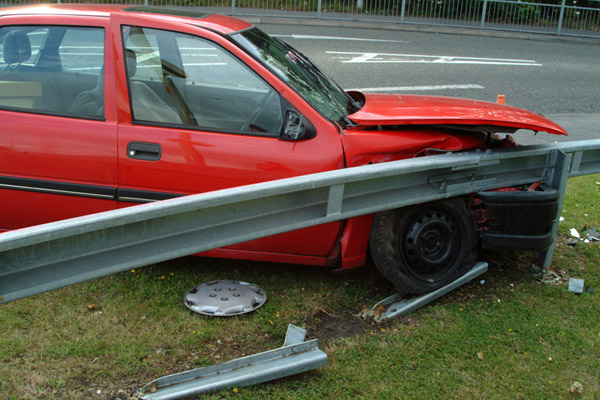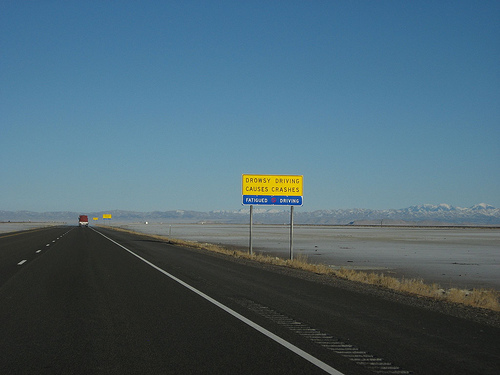The FDA (Food and Drug Administration) continues to express concern about the potential side effects of Yaz birth control. Over the past few years health experts and the FDA have shown an increased apprehension over the once-a-day pill. Yaz, unlike older contraceptive pills, contains drospirenone, an ingredient that may be a leading factor in an increased risk in blood clots. Though all birth controls come with a risk of blood clots, studies have suggested that pills containing drospirenone slightly enhance that risk. Yaz, one of Bayers leading products, was approved in 2006. By 2008 it was the top selling birth control pill in the U.S. Due to its reputation of helping with acne and PMS symptoms millions of women became prescribed to the pill.
By 2009 Bayer’s sales for Yaz quickly began to fall. Several women filed complaints that Yaz was the leading factor in blood clots and that the Bayer did not properly inform their patients of this risk. Since then, sales of Yaz have decreased by almost 80 percent, creating a much higher threat of concern and a significant increase in lawsuits. Today, there is an estimated 4,000-6,000 patients suing Bayer for not being properly informed of the possibly severe side effects of Yaz. Blood clots can cause life threatening problems such as stroke and heart attack. There have also been reported cases of fatal blood clots. If it is a possibility that drospirenone increases the risk of what can be fatal blood clots, Bayer needs to immediately update all of Yaz’s labels to accurately inform their patients.
Though health experts still struggle to find clear evidence that drospirenone is the leading factor in an increase in blood clots the FDA panel of experts voted 21-5 that Bayer did not properly inform their patients of potential side effects. The labeling on each drug is not clearly stated and needs more detail when referring to impending severe side effects such as the increased risk of blood clots.
—–
 Fort Worth Injury Lawyer Blog
Fort Worth Injury Lawyer Blog





